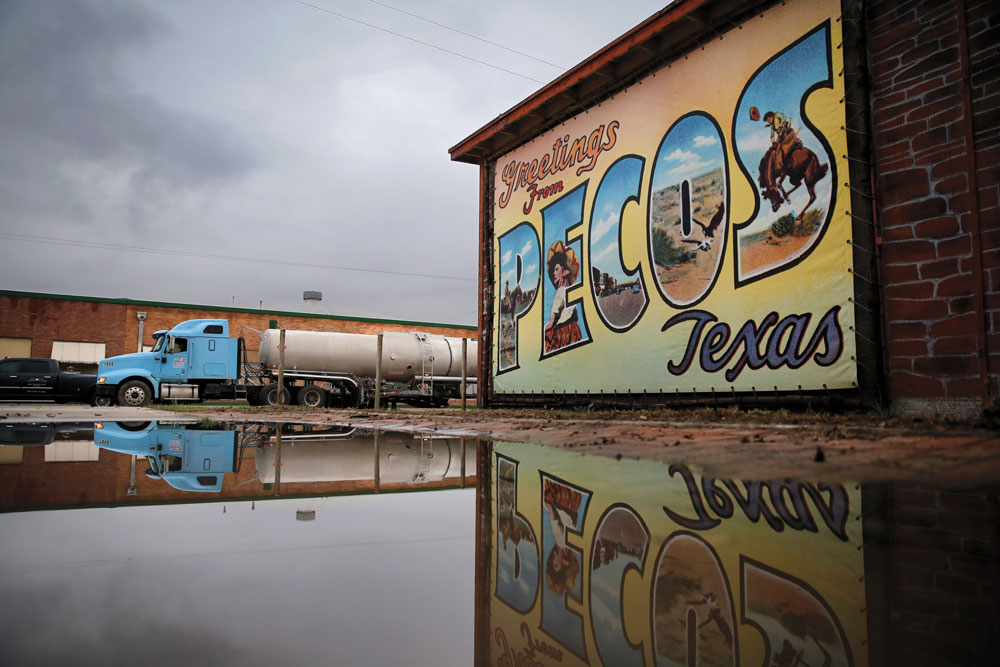Permian Philanthropy
Individuals, foundations and companies have donated in outsized ways to uplift Permian Basin citizens and communities.
By Paul Wiseman, Contributing Editor

From October 14-16, 1987, the eyes of world were glued to images coming fro backyard water well shaft in Midland. Playmates had dropped 18-month-old Jessica McClure into that well, not realizing that they were creating a worldwide event.
As a city accustomed to drilling holes, there may not have been a better place for this to have happened. The oil community banded together—from oil giants like wildcatter Clayton Williams to service companies like Permian Reamer, Robinson Rathole, Caisson Drilling and HyperDrill among many others, to individuals ready to spend 54 hours rescuing Baby Jessica.
With less drama but with wider opportunity, that spirit of cooperation continues today, as donors seek to address community issues of health, education, safety and the challenges of explosive growth.
In the summer of 2019, the Permian Basin became the world’s most prolific oil field. As money and people flow in, opportunities to help abound— and over the last 100 years, area individuals have opened their hearts and wallets to many in need, whether there is a dramatic TV rescue or the chance to fund a quiet opportunity for someone to get a meal, take a class or find shelter for the night.
Oil-based philanthropy extends deep into the area’s past, with money flowing into theatres, schools, museums, hospitals, higher education and much more. Jody Sneed, a Midland-based nonprofit consultant, notes that cities he’s lived in outside the Permian Basin have fewer charitable foundations. “Here, we’re a sector of the economy. The first lesson I learned when I came here, in 1985 to work with the Boy Scouts, was that the national pastime of Midland was raising money for your favorite charity.”
Throughout the basin, oil companies encourage or even assign employee involvement in charities such as Habitat for Humanity and others. Apache Corp., for example, encourages employees to get involved in things like Keep Midland Beautiful, Petroleum Museum summer programs, packing boxes to be sent to the USO and more. Chevron, Saulsbury Industries and many others have done the same.
Because Apache’s Alpine High Field stretches across vast areas of the southwestern Permian Basin near the Davis Mountains and Balmorhea State Park, the company has led initiatives to protect both the McDonald Observatory and Balmorhea’s historic spring- fed pool. The company’s Dark Skies Initiative is designed to keep the lighting at Apache’s own facilities in compliance with the Observatory’s needs and to educate others on avoiding or mitigating light pollution. Fortunately, focusing oilfield light sources toward the ground, where they’re needed, actually reduces costs.
